What are whiteheads and why do they usually form? What causes whiteheads and how do we get rid of them? Can anyone develop whiteheads?
What Are Whiteheads?
Whiteheads are usually known as a mild form of acne that appear as small, round white bumps on one’s skin surface and occurs when a pore gets clogged with sebum, dead skin cells and debris. It is very bothering to see that whiteheads are scattered on your face, especially on the nose. They are also known as milia.
Whiteheads are somewhat different from blackheads even though they both fall under the category of comedones. Whiteheads occur when the top of the pore is closed whereas blackheads do occur when the pores are open and exposed to air. Whiteheads do sit on the surface of the skin and are considered as closed comedones. They don’t turn black unlike blackheads do as the sebum found within the pore does not oxidize from air exposure.
Whiteheads commonly appear on the face, shoulders, neck, chest and even the back. They are usually clogged pores covered with a thin skin layer and range in size – they can be sometimes so small that they look invisible or even grow into large noticeable acne blemishes. Though whiteheads are not really that painful, they are unpleasant to look at. Whiteheads generally do not exhibit redness or swelling since they are not inflammatory.
Whiteheads are common for people with oily skin and oily skin is common for those who are undergoing hormonal changes, like teenagers and pregnant women. Genetic and foods can also be blamed among the causes.
Whiteheads can be a bit challenging to treat and get rid of as they have closed ends, making it hard to extract the plug.
This type or form of acne can lead to permanent scarring.
Trivial facts about whiteheads:
* Other causes of whiteheads include perspiration and reactions to skin care products and fabrics.
* Gently washing the skin twice a day with mild soap and lukewarm water can help get rid of whiteheads.
* Your personal habits may also worsen the presence of acne and whiteheads.
What Causes Whiteheads?
Generally, a variety of factors play a role in the development or occurrence of whiteheads and these include our cleansing routines, lifestyle habits and genetics. One main cause of whiteheads would be the hormonal changes and fluctuations in our hormonal levels.
What factors can lead to whitehead breakouts?
- Puberty
- Hereditary-factors/Genetics
- Stress/anxiety
- Hormonal changes
- Lifestyle habits
- Menstruation/menopause
- Pregnancy
- The foods we eat
- Contraceptives containing progesterone
- Overly dry skin
- Wearing oil-based skin products and makeup
Whiteheads are usually evident when a body is attempting to push out or fight an infection as it is an indication of a skin’s effort to push out any present bacteria. Whiteheads can also be caused by exposing yourself too much to the sun’s harmful rays.
Where Do Whiteheads Usually Appear?
Whiteheads may be everywhere – they can develop on our T-zone (nose, chin and forehead). They can also appear on the chest, back, shoulders and arms. They can appear both in men and women at any age, regardless of whether they had problems with whiteheads during teens or not at all.
Whiteheads can also appear in areas where people usually get a lot of friction (e.g. your back from a bra strap).
Whiteheads do not just grow only on the T-Zone. They may also occur or appear on the nose, lip, cheek and even on your scalp.
Who Suffers From Or Gets Whiteheads?
Anyone, especially those with oily skin, can experience getting whiteheads at every age depending on a variety of factors. There are ages and situations where whiteheads and acne lesions become prevalent usually due to hormonal fluctuations.
Who usually gets whiteheads?
- Babies – baby acne : a skin condition characterized by small red or white bumps, surrounded by red or pink skin
- Teenagers – androgens ; result in an increased production of sebum.
- Adults – Acne Vulgaris ; acne can be due to life events such as menopause or conditions like PCOS (Polycystic Ovarian Syndrome)
What are some tips for getting rid of whiteheads?
- Practice proper hygiene
- Exfoliating / Scrubbing
- Moisturize
The best and most effective way to control whiteheads is to practice good skin care habits. Easy and efficient tips to help you get rid of whiteheads are outlined below:
- Practice proper hygiene – This is already common sense for us all – Washing hands before and after touching our face as our hands are a medium for germ transmission.
Keep your face clean. Wash your face two times a day, in the morning and before bedtime. A gentle toner and exfoliator may be applied to keep your face refreshed, thus minimizing the build-up of oil and dirt. Choose a cleanser that contains alpha hydroxy acids or salicylic acid to clear up your pores.
Be sure to wash the skin gently with mild soap and lukewarm water twice a day. Regularly wash your hair and keep hairspray away from the face.
- Exfoliating / Scrubbing - Apply exfoliating solution for only once or twice a week. Gently scrub off dead skin cells and whiteheads on your face. One secret to exfoliate your skin more effectively is to steam or to wash your face with warm water before exfoliating to open up your pores.
Use only oil-free , non-comedogenic skin care products that do not clog the pores.
- Moisturize – While washing and exfoliating can be helpful in getting rid of whiteheads, both of these practices can also leave your skin feeling dry. Apply an oil-free salicylic acid on your face to keep it moisturized.
Use fragrance free, water based emollient products to treat dry skin.
Mask: There are many whiteheads removers or masks advertised in the market. You can use a clay mask to manually remove whiteheads. It is also helpful in removing most dead skin cells and embedded dirt in your face. Alternatively, you can make a home-made thick paste of mixed baking soda and water. Apply it all over your face, concentrating on the nose, let it dry and then wash your face thoroughly with cold water.
Makeup or no makeup: Failing to wash or remove your makeup before heading to bed after a night party can lead to clogged pores hence contributing to the occurrence of whiteheads or blackheads. Remove makeup by simply washing your face thoroughly every night before you go to bed in order let your face skin breathe.
Use cosmetics sparingly.
It is not recommended for you to remove whiteheads manually because it can lead to infection and scarring, or worse, acne breakout.
What are other steps on how to get rid of whiteheads?
- Refrain from squeezing pimples or touching your skin
- Pay extra caution when shaving.
- Wear loose clothing made of non-synthetic fabrics (e.g. cotton)
- Don’t scrub too hard
- Be consistent with your skin care routine
Treatments/Home Remedies For Whiteheads
Think you got a whitehead? No worries! Here are some treatments and home remedies for getting rid of those pesky white little bumps:
- Banish Activated Charcoal Masque – The Banish Activated Charcoal Clay Masque can be used to treat whiteheads as this helps to combat the clogged pores. This product is suitable for those with oily, combination or normal skin.
- Banish Pumpkin Enzyme Masque - Another great companion for getting rid of whiteheads would be the Banish Pumpkin Enzyme Masque. This product helps increase skin turnover to prevent whiteheads and have them clear up faster. The Banish Pumpkin Enzyme Masque is also great for reducing congested skin to clear up the pores.
- Banish Starter Kit – The Banish Starter Kit can be your number 1 best friend when it comes to fighting off or getting rid of whiteheads/blackheads. This kit is inclusive of the Banish Vitamin C Oil/Serum, Vitamin C Beauty Elixir, Banisher 2.0, Pumpkin Enzyme Masque, Activated Charcoal Clay Masque and Vitamin C Crème.
- Benzoyl Peroxide – One reason why benzoyl peroxide is good for getting rid of whiteheads is that it kills off the bacteria causing the formation of acne and it also unclogs pores which prevent the formation of whiteheads and blackheads.
- Facial Steam – Exposing your skin to steam helps the clogged pores to open up. Try boiling some water, put it in a bowl then hold the affected area over the bowl. For the head and neck area, create a steam tent by putting a towel over their head and concentrating the steam onto their upper body.
- Apple Cider Vinegar – The apple cider vinegar will do as a home remedy for getting rid of whiteheads. This household product contains an astringent which is capable of drying out and shrinking the pores. The apple cider vinegar helps in reducing inflammation with its antibacterial and antimicrobial properties. Prepare two tablespoons of apple cider vinegar mixed with 8 ounces of warm water then apply directly on the affected skin. Leave on for 20 minutes.
- Lemon Juice – Lemon juice works out in getting rid of whiteheads by drying out the skin and soaking up excess oils. It contains antibacterial compounds and helps reduce inflammation.
While there are a lot of home remedies and treatment options available for getting rid of whiteheads, it’s still safe to make sure or seek a skin specialist for recommendations or suggestions, or maybe ask your trusted dermatologist to do it for you. And remember, don’t pick your skin or pimples!

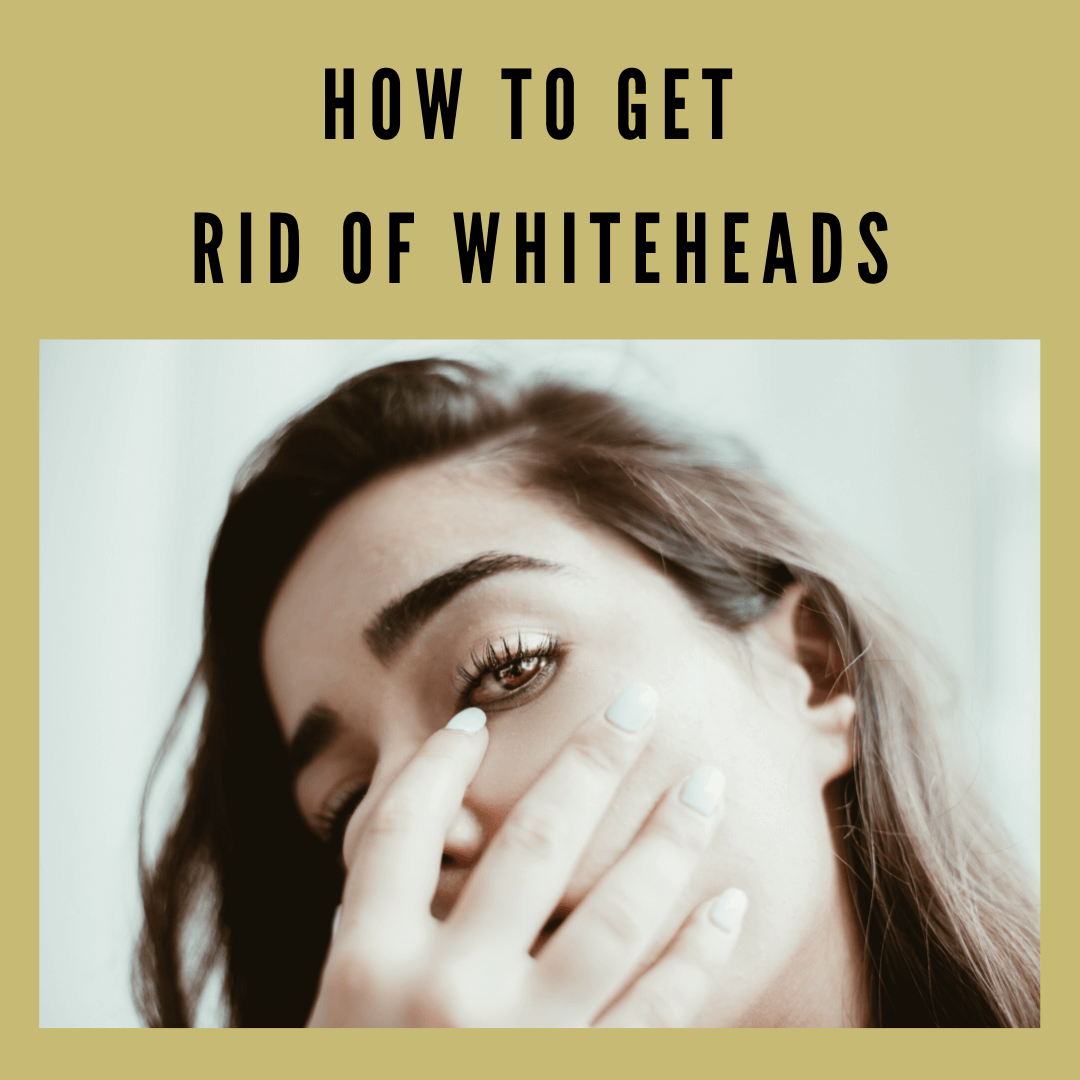
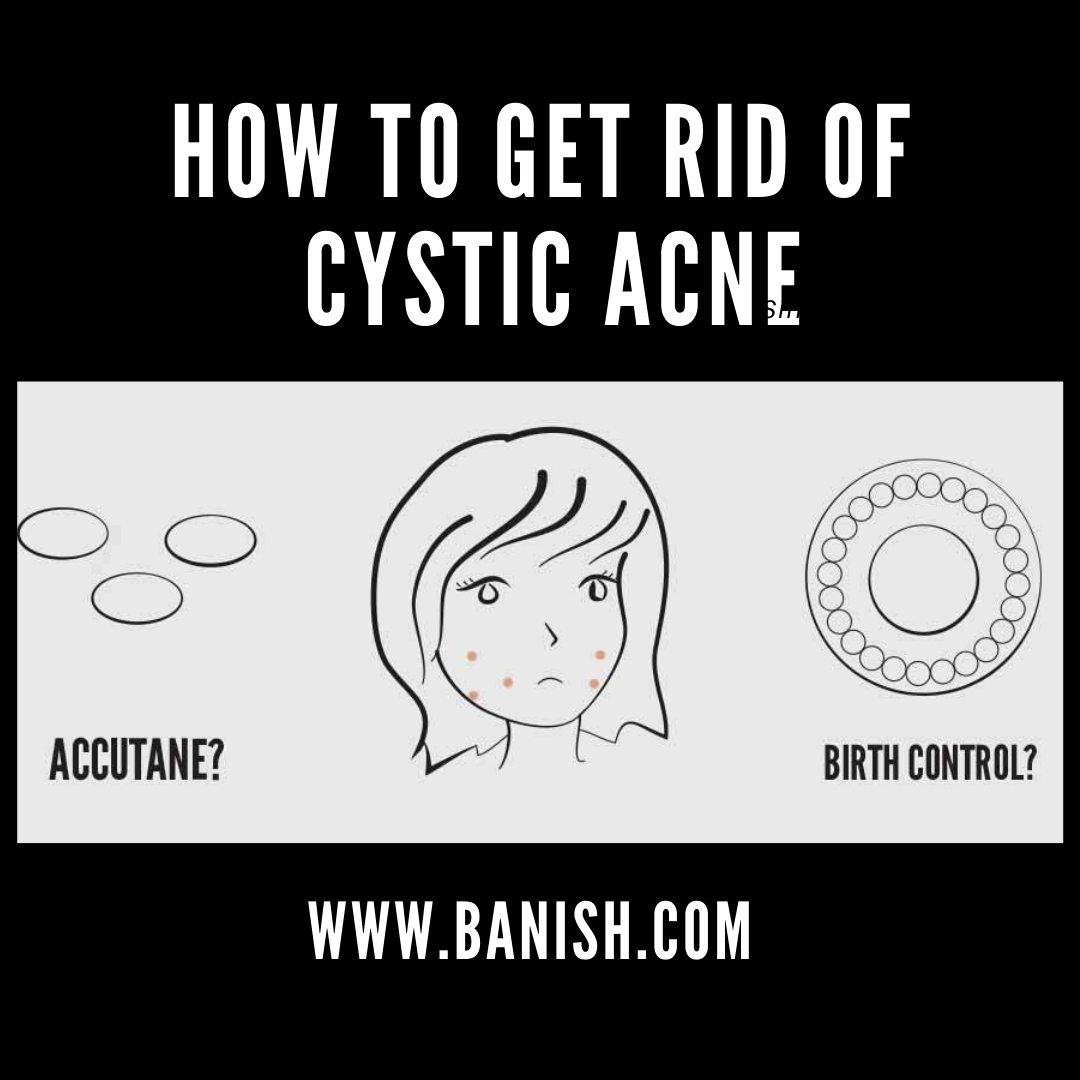
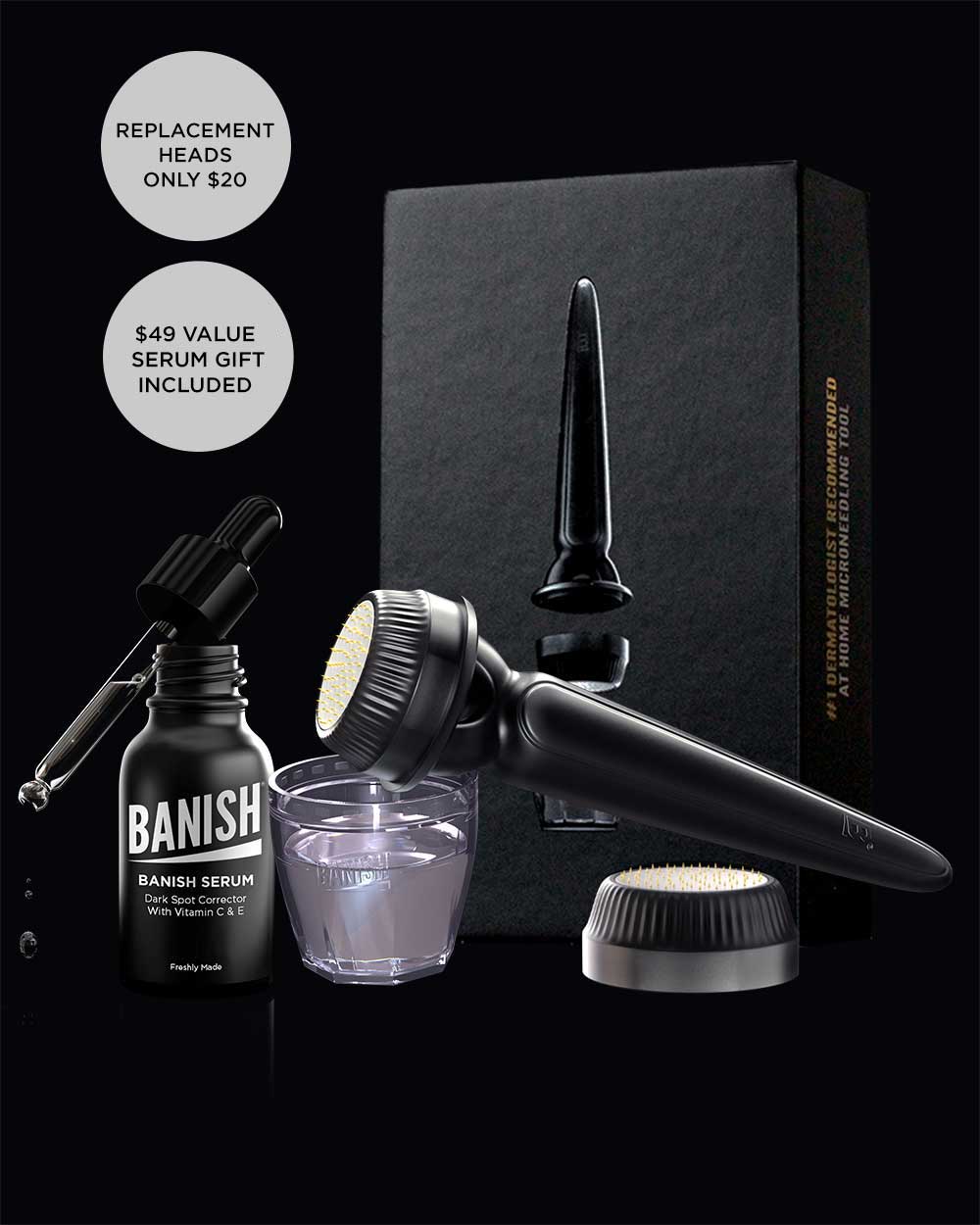
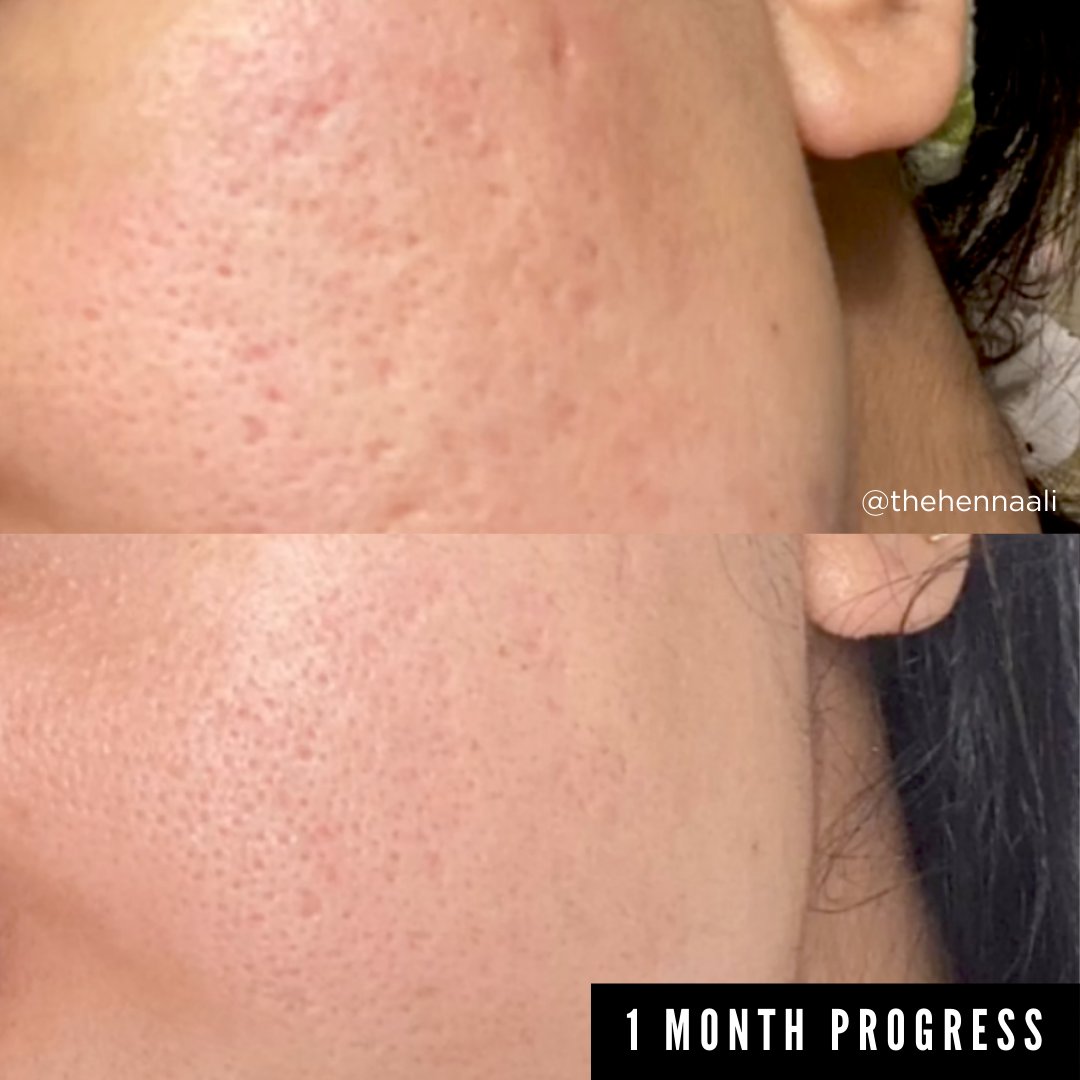

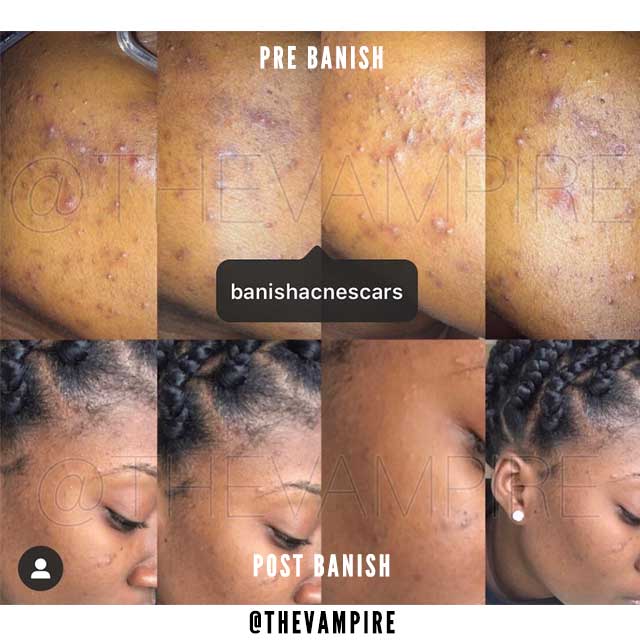
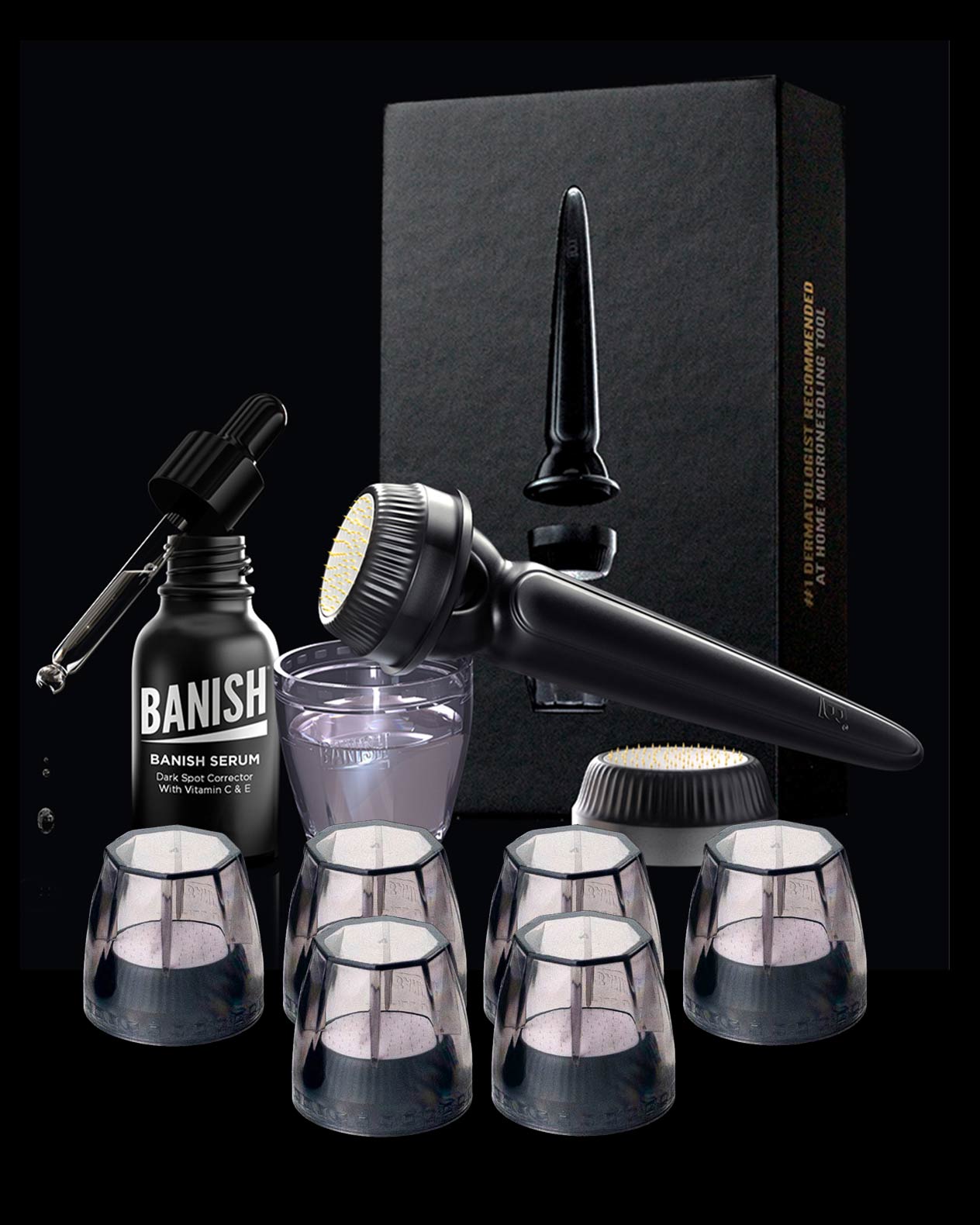
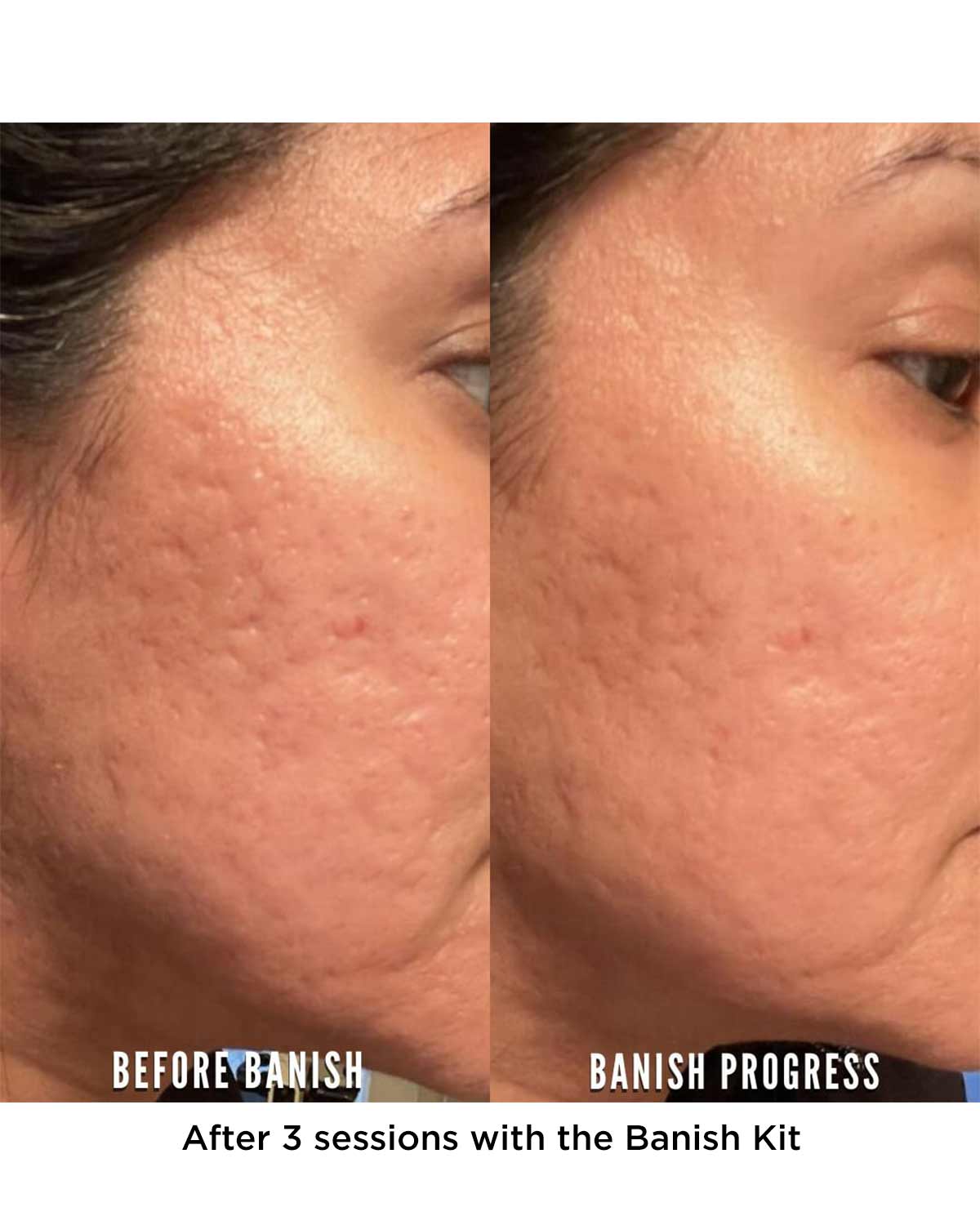
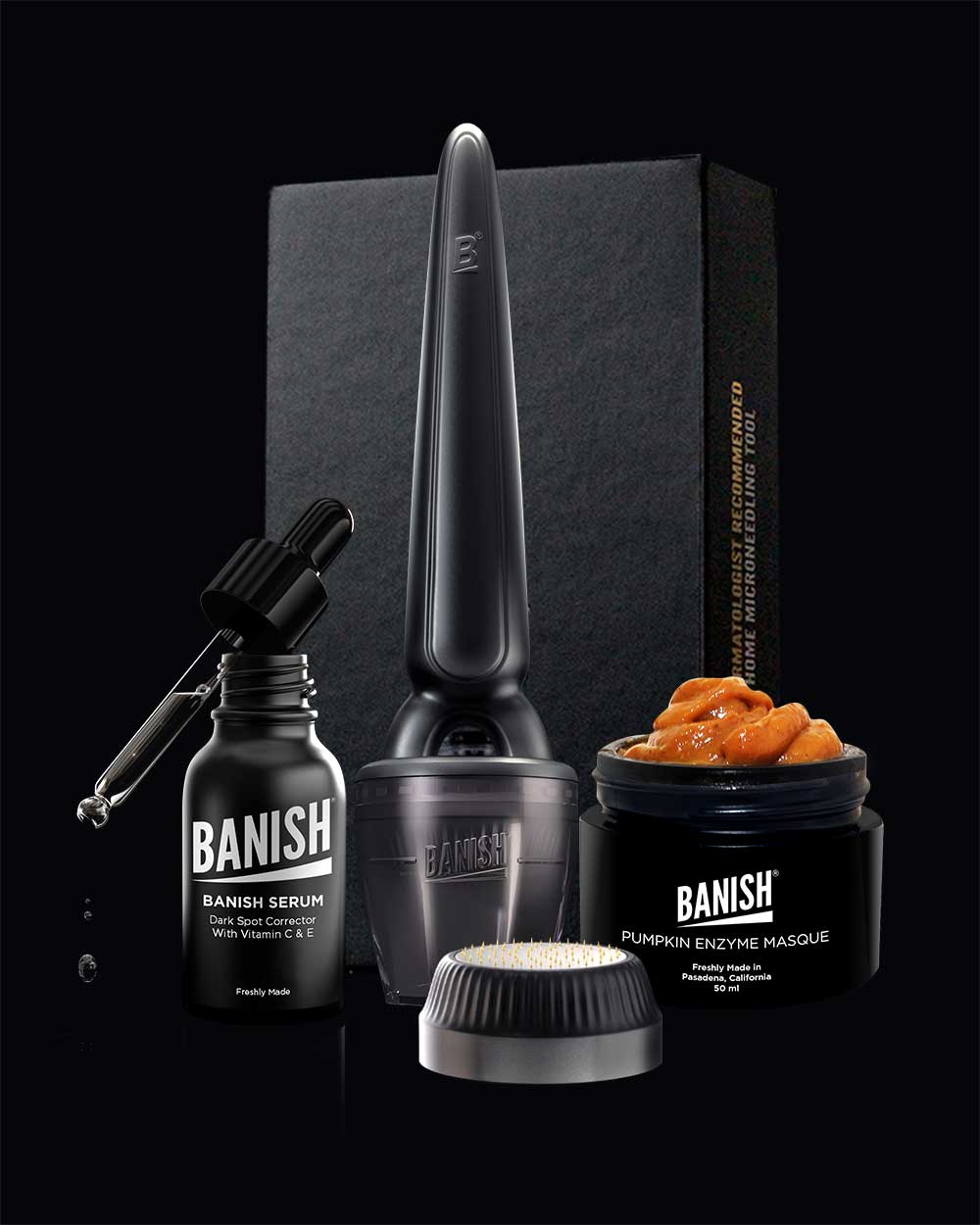
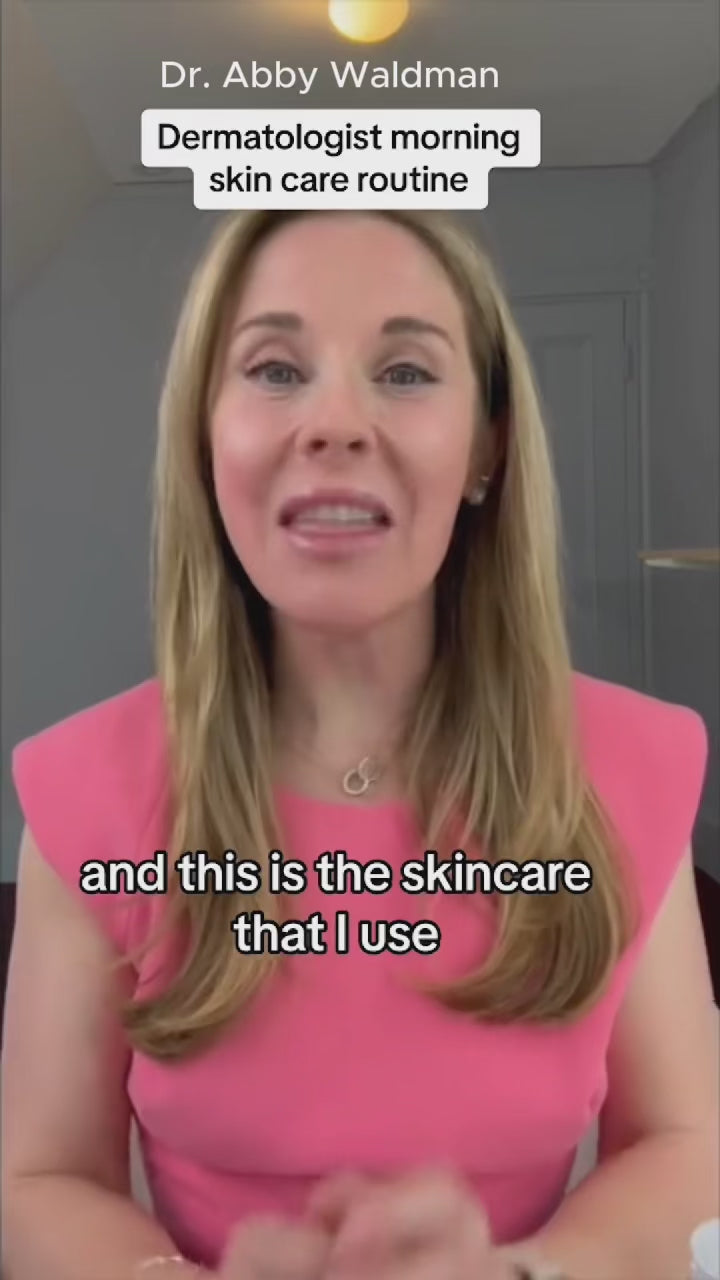
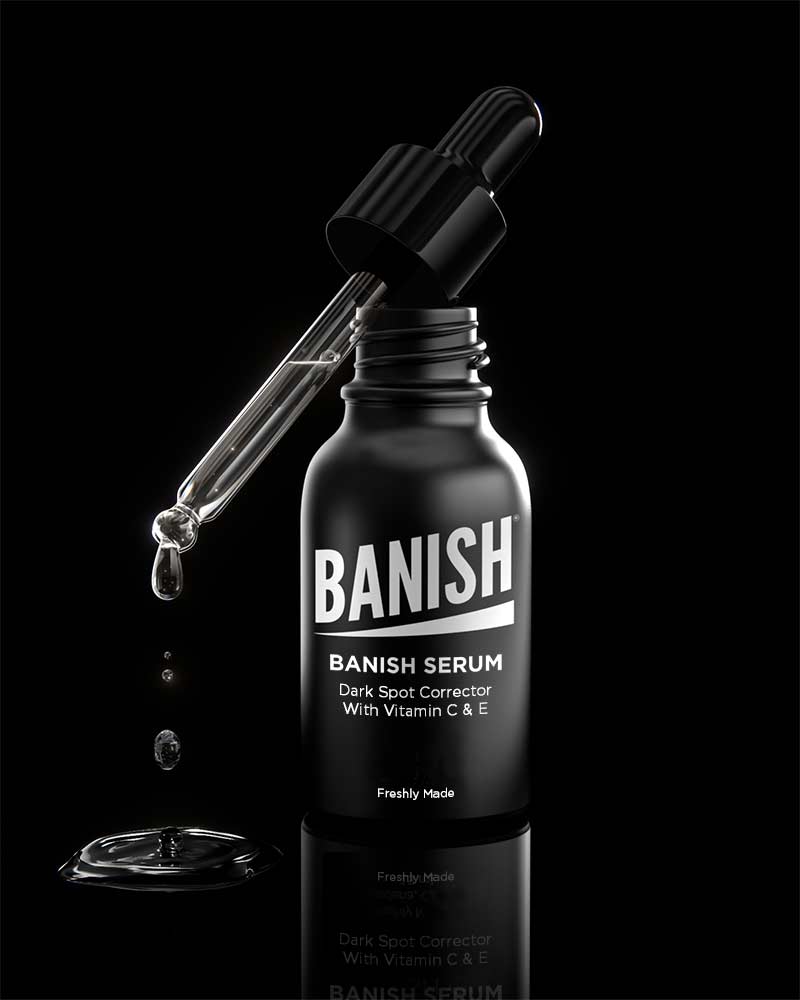
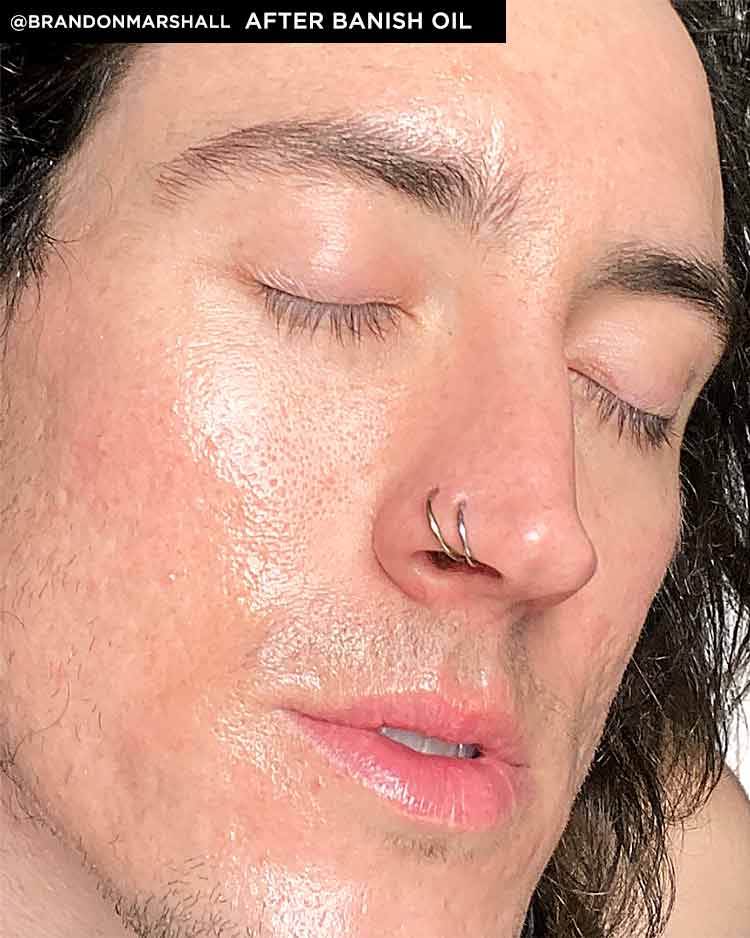

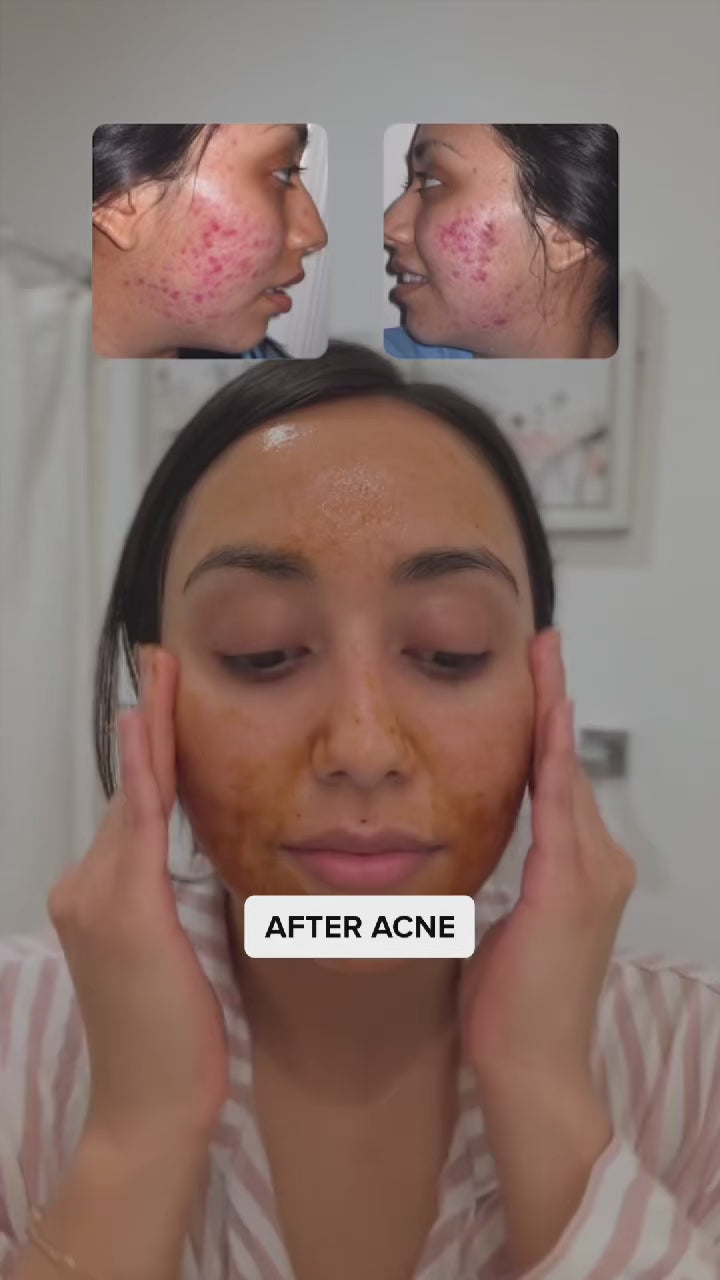
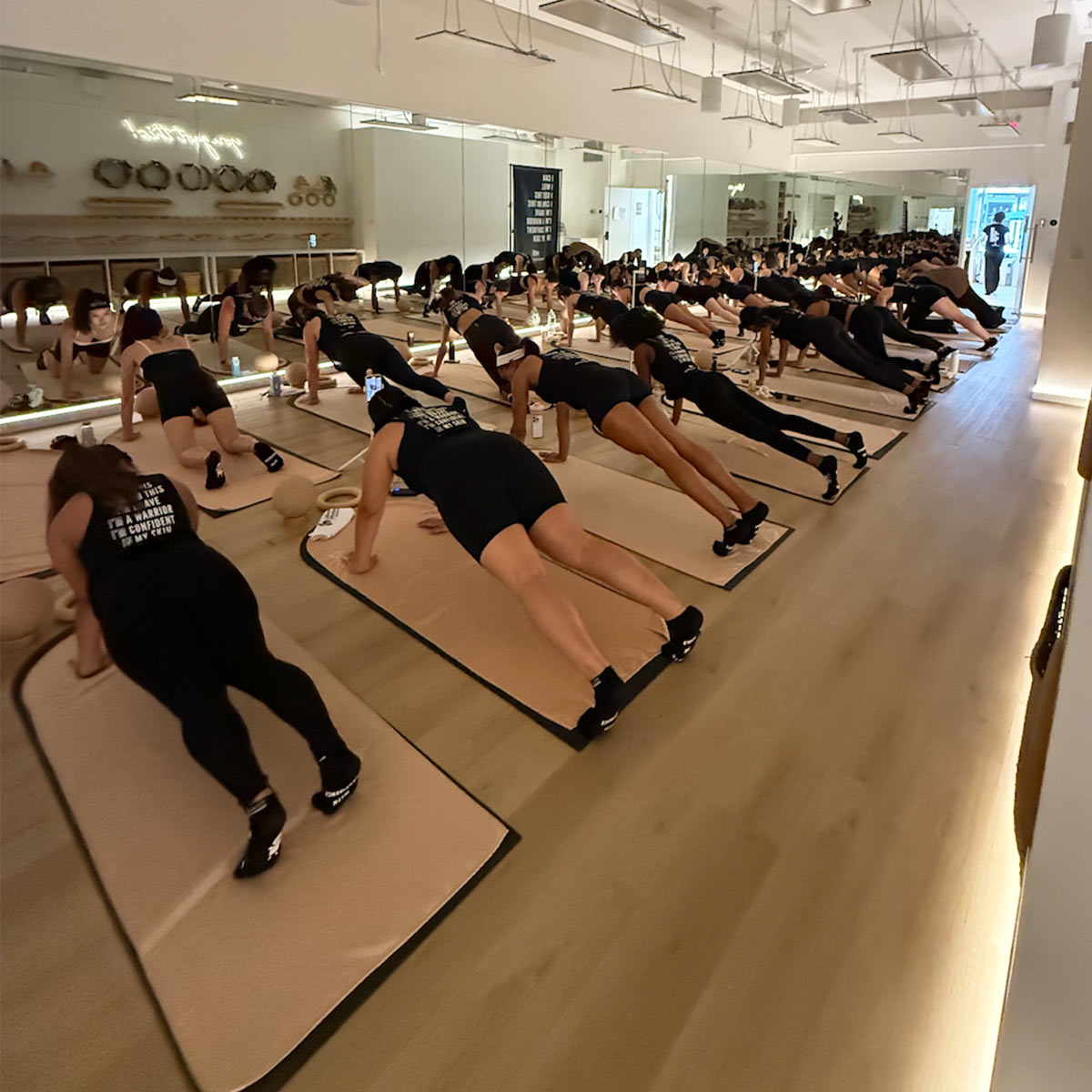


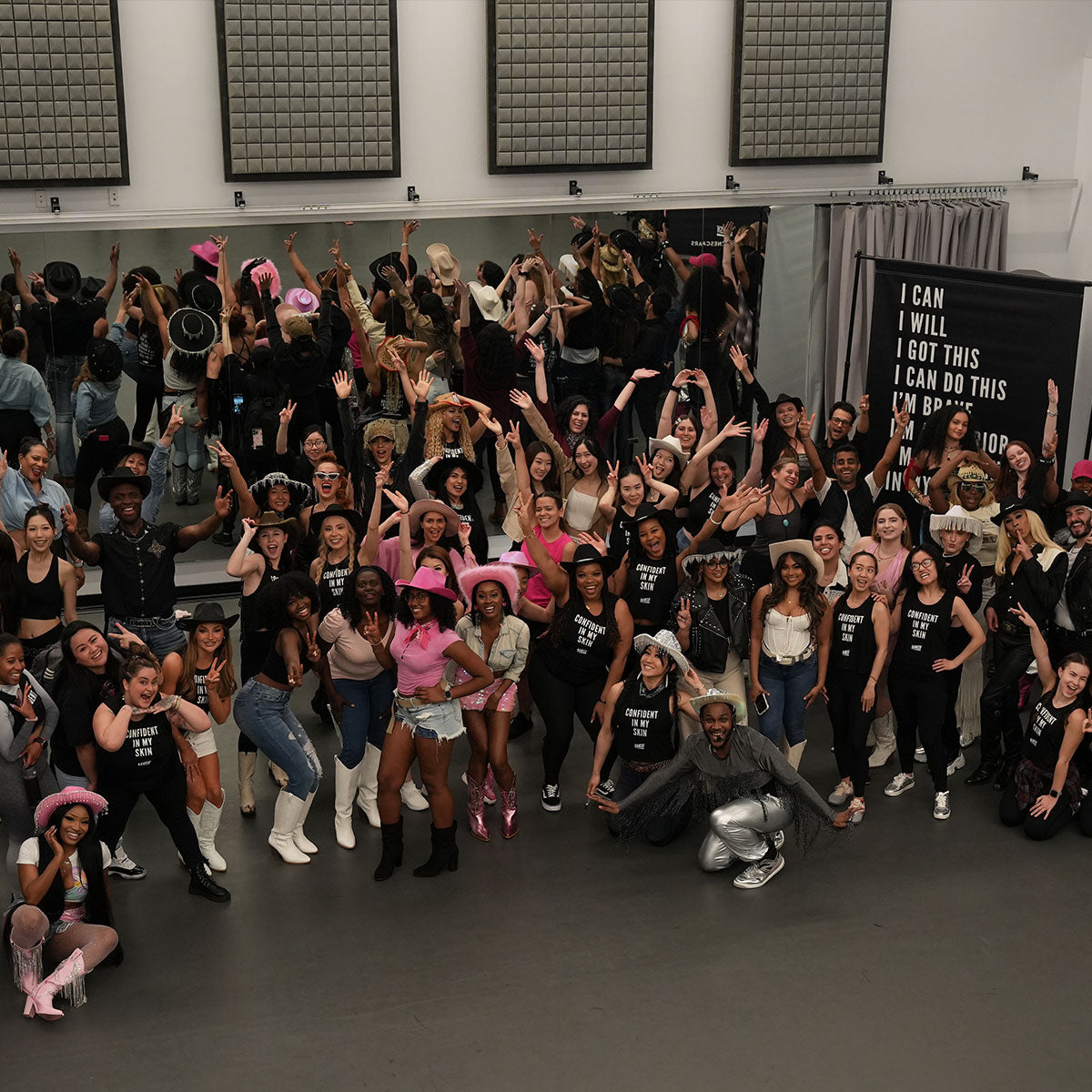





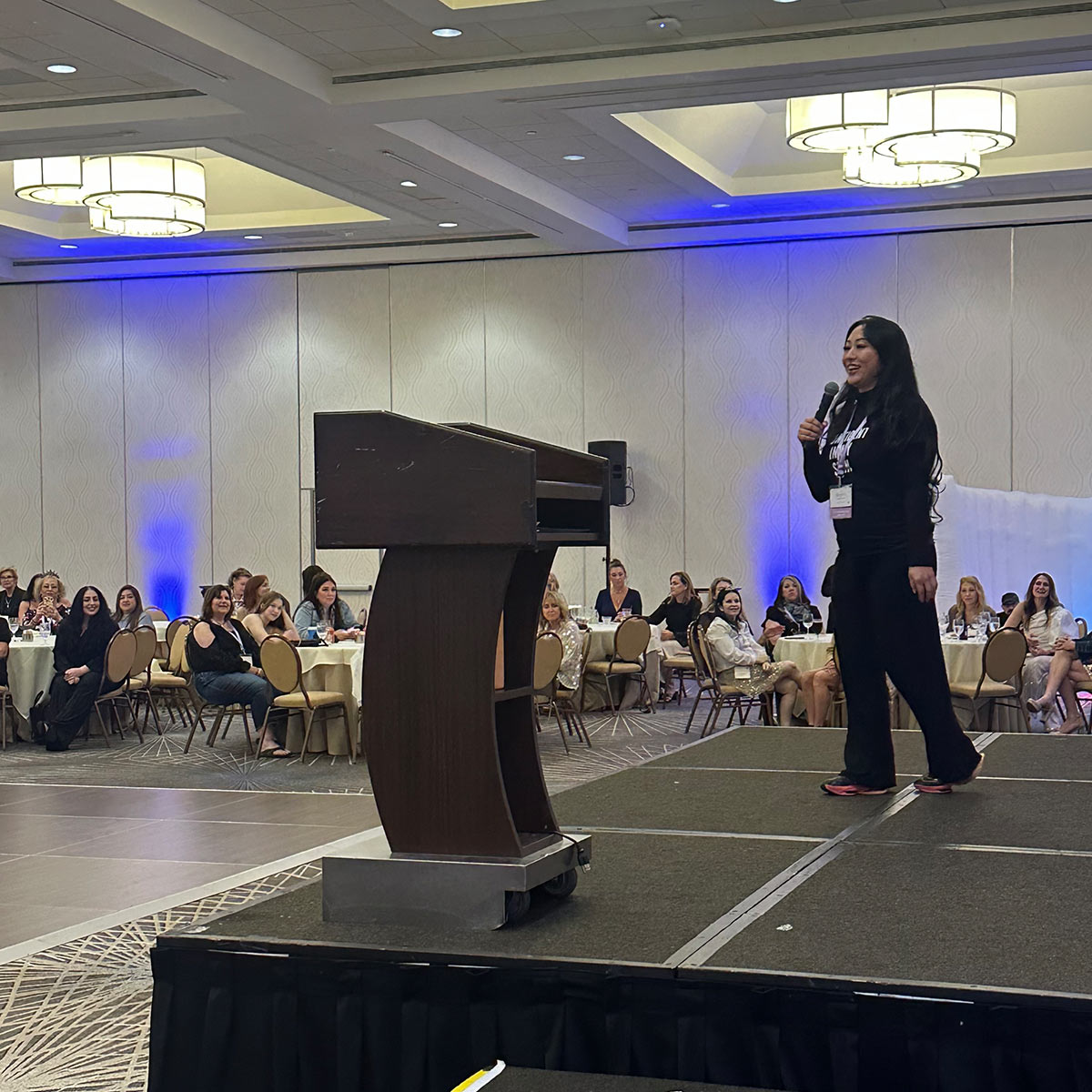
Leave a comment
All comments are moderated before being published.
This site is protected by hCaptcha and the hCaptcha Privacy Policy and Terms of Service apply.